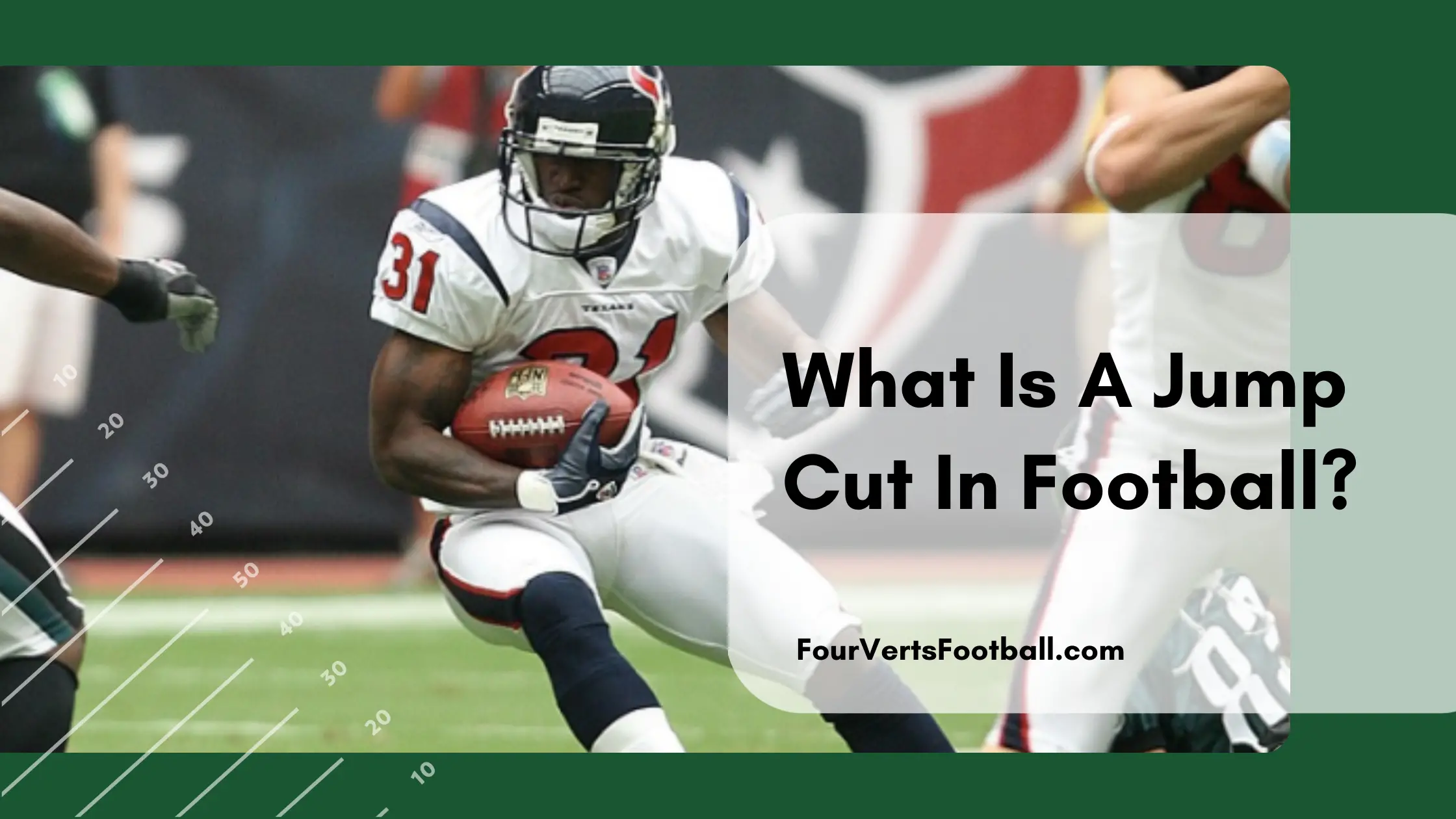A jump cut in football is a quick lateral movement that is used in order to beat defenders. Jump cuts are most commonly used by running backs and allow you to change direction very quickly. A jump cut is low to the ground quick jump.
How To Jump Cut In Football
A jump cut in football can be a handy tool to have in your bag. Here is exactly what you have to do to properly execute a jump cut.
Before you start your jump cut you need to be coming in with speed. This means you need to accelerate at the beginning of the play. This way when you come into an area with a defender it will be more difficult for him to keep his angles.
As you approach the area in which you will perform the move you need to decelerate. A jump cut is a lateral movement so if you have to much forward momentum you will not be able to pull it off.
Pros And Cons
Pros
Sharp Lateral Movement
One great benefit of the jump cut is that it offers sharp lateral movement that can leave a defender in your wake. One of the best ways to utilize a jump cut is on a cutback.
On a cutback, the running back will switch directions from where the play was intended. In these situations, the running back is running in one direction while the defense runs in the other.
This allows the running back to use jump cuts to take advantage of their momentum. You will often find that running backs use these jumps cuts to juke out a defender that is coming in with too much speed.
Avoids Contact
Another benefit of a jump cut is that it avoids contact when used correctly. When approaching a defender as a ball carrier you have plenty of options at your disposal.
These include options such as stiff-arming or even running right through the defender by lowering your shoulder.
These methods may be effective but they will add up to some wear and tear on your body. To play this game for a long time avoiding contact is a must. This is just another benefit of adding jump cuts to your game.
Low Injury Risk
Similar to our last point about avoiding contact a jump cut also comes with a fairly low injury risk. Plays such as spin moves or hurdles can leave your body vulnerable on the field making them more dangerous than a jump cut.
When you have the ball in your hands you want to be sure that you are keeping your body protected.
Jump cuts are a great way to beat a defender without putting your body at risk.
Cons
Deceleration
One detriment to jump cuts is the deceleration that occurs before the cut. As we stated earlier this is solely a lateral jump. Meaning if you have any momentum you will jump forward as opposed to laterally.
This deceleration makes a jump cut a relatively slow movement. If you have defenders in pursuit behind you, you will find that they will have a much better chance of catching up. Some offensive jukes, like a spin or a quick cut don’t require the same level of deceleration that a jump cut does.
Only Works In Certain situations
Another detriment to this cut is that it only works in certain situations. To complete it you are typically going to need a fair amount of time field to work with. These moves are great when in space but if you are trying to a hit hole quickly a jump cut is often to slow.
To learn more about things similar to a jump cut read our guides to one cut backs or cut blocks in football.

